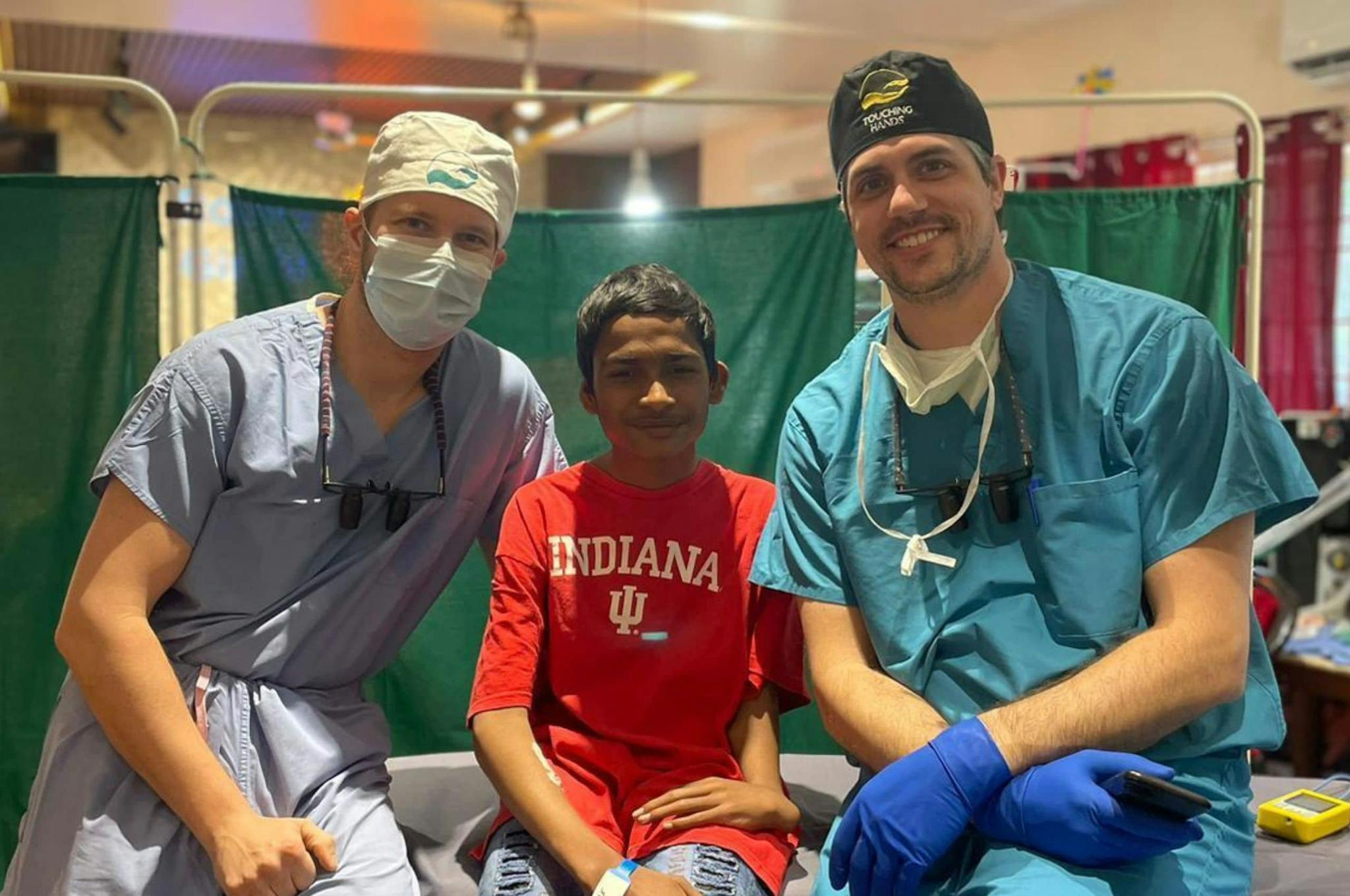
2025-06-10T13:54:10
Understanding Skin Grafts
- Dermatology
- Family Medicine
- Internal Medicine
- Orthopedics
February 9, 2017 | Orthopedics
Specialties:Orthopedics

The body is made up of different support structures, and one of the most important of these as it relates to movement is cartilage. Cartilage is a tissue that’s found all over the body, and helps connect bones while offering padding and support. Without cartilage to make movements smoother, many of the bones in our body would grind down and become damaged.
Cartilage is especially important in the weight-bearing bones and muscles of the lower body. When there are problems with cartilage and how it connects to and supports bone, this is called an osteochondral defect. Osteochondral defects are most commonly found in the thighs, shins and knees – areas that bear a lot of weight.
Many osteochondral defects are caused by too much pressure on the joints and cartilage, and there are some cases where certain lifestyle changes and emphasis on joint health can help prevent these problems. In other cases, specific treatments will be needed.
Most osteochondral defects are caused by one of two events:
When osteochondral defects are present, they can range in their severity:
Your doctor will use a variety of methods to diagnose osteochondral defect:
Osteochondral defects generally linger or get worse unless they’re treated. Treatment is split up into three grades, depending on how severe the injury is:
Recoveries for these treatments vary depending on how severe they are. If you’re worried you have the symptoms of an osteochondral defect, speak to your healthcare provider.
Orthopedics is rewarding for me because it allows me to help patients with injuries and get them back into action quickly. I love meeting people of all ages in my practice—I see kids, athletes, adults and retirees. I enjoy being able to understand people’s unique situations and trying to help them recover. I tend to be conservative with my surgical treatment, and much of my training is in minimally-invasive procedures, such as arthroscopy.
“Knee > Osteochondral Defect.” ISK Institute. http://www.iskinstitute.com/kc/knee/osteochondral_defect/osteochondral_defect.html
“What is Cartilage?” News Medical. http://www.news-medical.net/health/What-is-Cartilage.aspx
WRITTEN BY:
Michael Carlson, MD

2025-06-10T13:54:10

2024-06-21T14:29:51

2024-02-06T11:40:13

2023-03-30T11:23:12
This information is not intended to replace the advice of a medical professional. You should always consult your doctor before making decisions about your health.